Senior citizens are accustomed to constant probes by doctors, but wireless AI tech is enabling massive-scale, nonintrusive data monitoring.
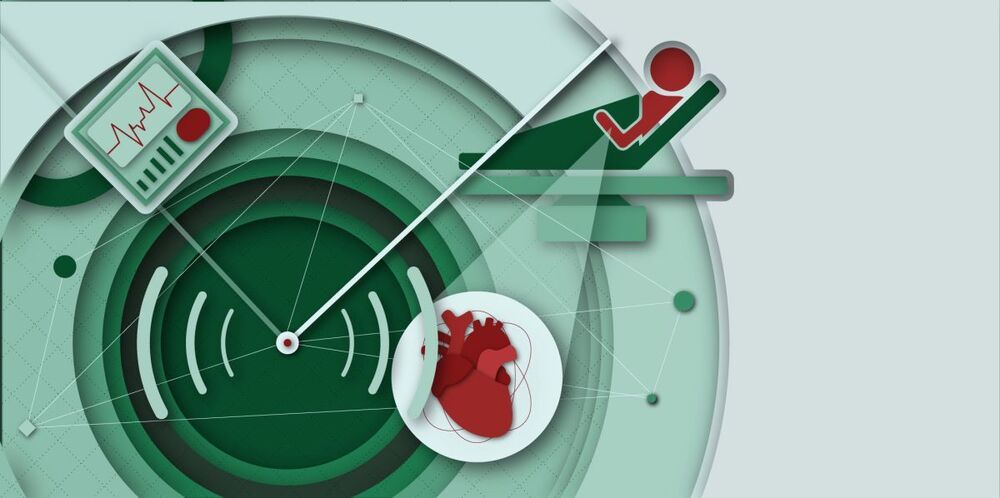


A breakthrough in advanced quantum technology frequently compared to fictional elements of popular science fiction show ‘Star Trek’ could revolutionize everyday life around globe #quantumtechnology

A new version of NAT slipstreaming allows cybercriminals an easy path to devices that aren’t connected to the internet.

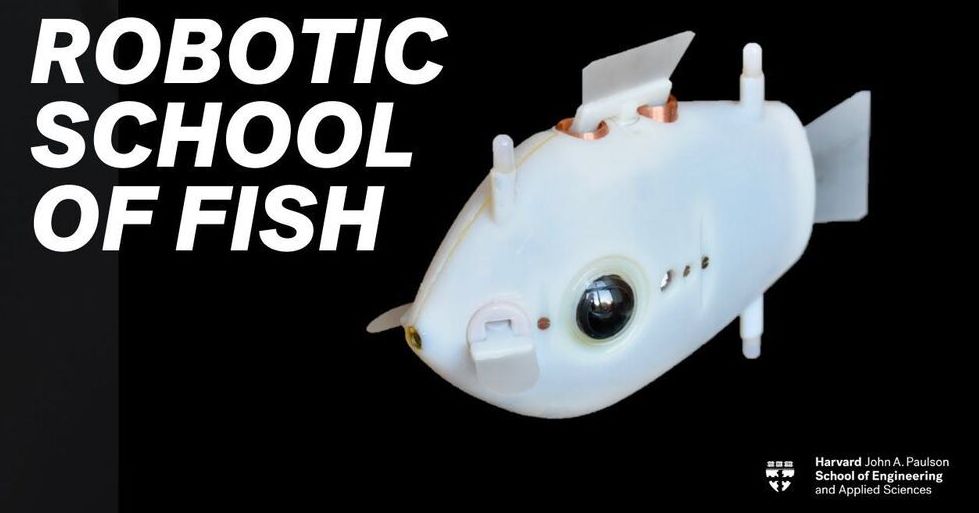
Researchers from Harvard University have 3D printed a school of soft robotic fish that are capable of swimming in complex patterns without the aid of Wi-Fi or GPS.
Inspired by the distinctive reef-dwelling surgeonfish, the team’s ‘Bluebots’ feature four fins for precision navigation, and a system of LEDs and cameras that enable them to swarm without colliding. The self-sufficiency of the tiny bots could make them ideal for ecological monitoring applications, in areas that wouldn’t otherwise be accessible to humans.
“Just by observing how far or close they are in a picture, they know how far or close the robot must be in the real world. That’s the trick we play here,” the study’s lead author Florian Berlinger told Wired.
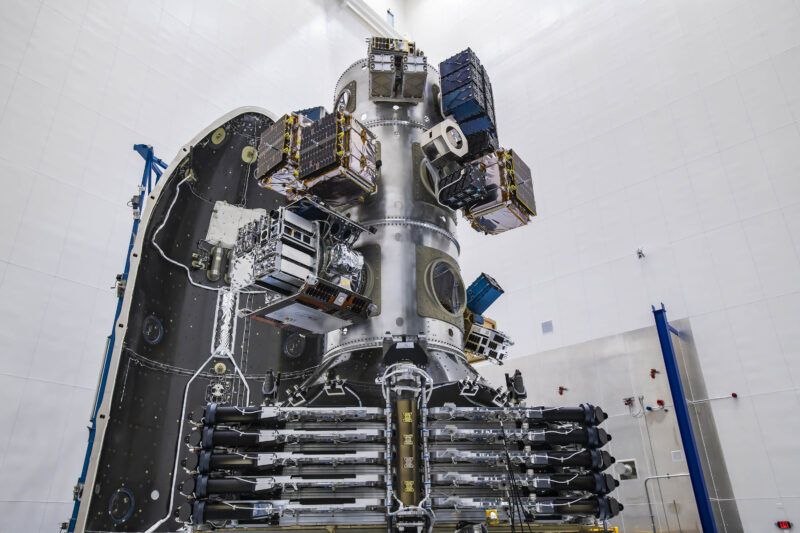
The latest Starlink satellites launched on Jan. 24 are equipped with laser links, and all Starlink satellites launched next year will be equipped with laser inter-satellite links, Elon Musk, SpaceX chief engineer confirmed on Twitter.
“All sats launched next year will have laser links. Only our polar sats have lasers this year and are v [version] 0.9,” Musk tweeted on Monday.
A Twitter user noticed a difference in a photo of the stack of 10 Starlink satellites deployed on Sunday’s Transporter-1 rideshare mission, and asked Musk if an object that looked like a black pipe was lasers, which he confirmed.

The SpaceX Falcon 9 rocket successfully completed a mission to deploy 143 spacecraft and satellites into orbit on Sunday, after which the rocket returned safely to a sea-based landing pad.
The two-stage Falcon 9 rocket took flight on its ‘Transporter-1′ mission after weather considerations caused the planned launch on Saturday to be scrapped.
Falcon 9 carried 133 commercial and government spacecraft, and 10 ‘Starlink’ satellites — the most spacecraft ever deployed on a single mission, according to SpaceX.
Sunday’s mission was the fifth successful launch and landing for Falcon 9, the company said.
For more info, please go to http://www.globalnews.ca.
Like Global News on Facebook HERE: http://bit.ly/255GMJQ
Follow Global News on Twitter HERE: http://bit.ly/1Toz8mt.
Follow Global News on Instagram HERE: https://bit.ly/2QZaZIB
#GlobalNews
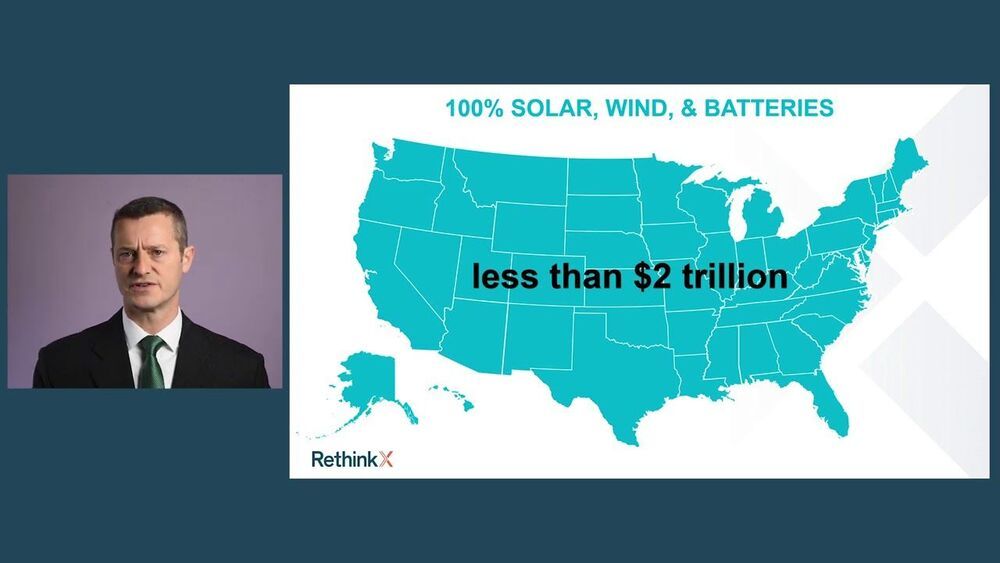
Wow…even I was amazed by these stats and timeline… and I am an unapologetic optimist and futurist who wants to live forever lol.
This video is a synopsis of our research report “Rethinking Energy 2020-2030: 100% Solar, Wind, and Batteries is Just the Beginning” that was published on October 27th, 2020 and is available for download free of charge from our RethinkX website https://www.rethinkx.com/energy.
We are on the cusp of the fastest, deepest, most profound disruption of the energy sector in over a century. Like most disruptions, this one is being driven by the convergence of several key technologies whose costs and capabilities have been improving on consistent and predictable trajectories – namely, solar photovoltaic power, wind power, and lithium-ion battery energy storage.
Our analysis shows that 100% clean electricity from the combination of solar, wind, and batteries (SWB) is both physically possible and economically affordable across the entire continental United States as well as the overwhelming majority of other populated regions of the world by 2030. Adoption of SWB is growing exponentially worldwide and disruption is now inevitable because by 2030 they will offer the cheapest electricity option for most regions.
Coal, gas, and nuclear power assets will become stranded during the 2020s, and no new investment in these technologies is rational from this point forward. But the replacement of conventional energy technology with SWB is just the beginning. As has been the.
case for many other disruptions, SWB will transform our energy system in fundamental ways. The new system that emerges will be much larger than the existing one we know today and will have a completely different architecture that operates in unfamiliar ways.
One of the most counterintuitive and extraordinary properties of the new system is that it will produce a much larger amount of energy overall, and that this superabundance of clean energy output – which we call super power – will be available at near-zero marginal cost throughout much of the year in nearly all populated locations. The SWB disruption of energy will closely parallel the digital disruption of information technology. Just as computers and the Internet slashed the marginal cost of information and opened the door to hundreds of new business models that collectively have had a transformative impact upon the global economy, so too will SWB slash the marginal cost of electricity and create a plethora of opportunities for innovation and entrepreneurship. What happened in the world of bits is now poised to happen in the world of electrons.

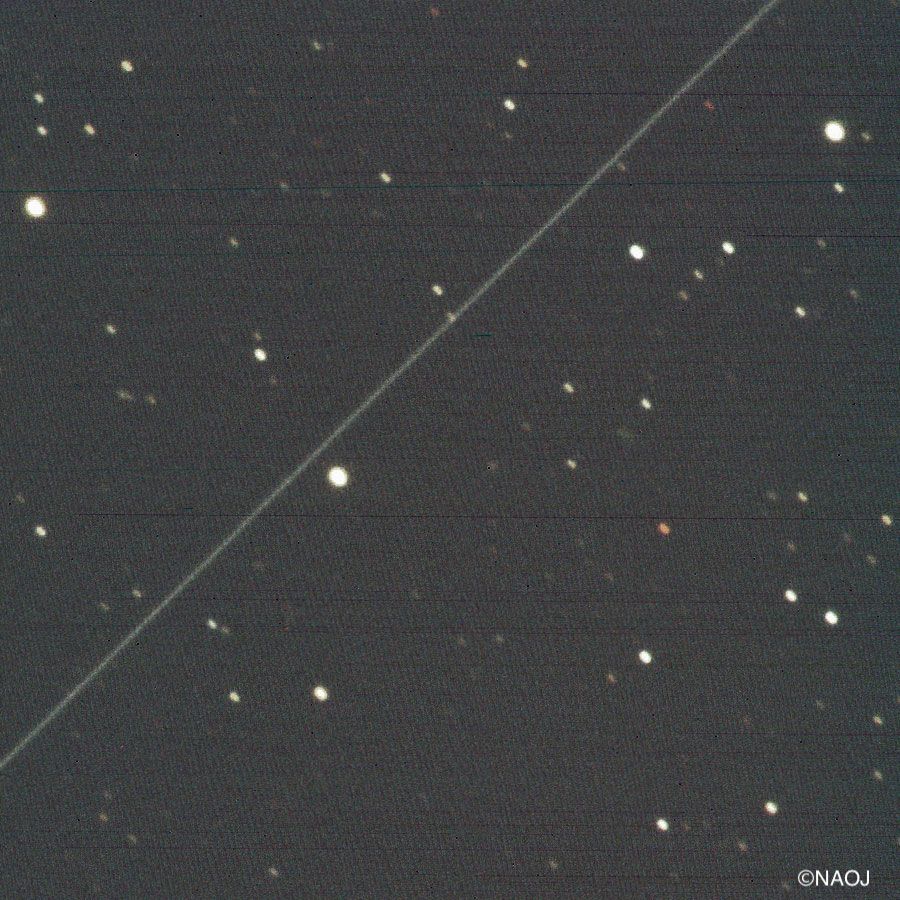
Space-based internet service is poised to revolutionize the internet and bring high-speed connectivity to countless communities worldwide. Programs like SpaceX’s Starlink paint a picture of a bright future for the citizens of the world. Like many revolutionary technological advances, there is a dark side to Starlink.
The constellation of hundreds (and eventually thousands) of satellites reflect light back to the Earth, impinging on the darkness of the skies for professional astronomers and stargazers alike. Astronomers report images and data being disrupted by bright streaks left from the satellites passing through their observational fields of view. One potential solution to this issue is applying a dark coating to the reflective antennae on the satellites’ ground-facing side. In January of 2020, SpaceX launched the experimental DarkSat to test the effectiveness of such a coating. Astronomers around the world observed the new satellite. In December of 2020, a team from the National Astronomical Observatory of Japan (NAOJ) released a paper in The Astrophysical Journal showing detailed measurements of the efficacy of DarkSat.
So what were the results of the study? Is DarkSat an effective solution to the astronomical problem posed by Starlink? As is often the case in such studies, the answer is a little complicated.